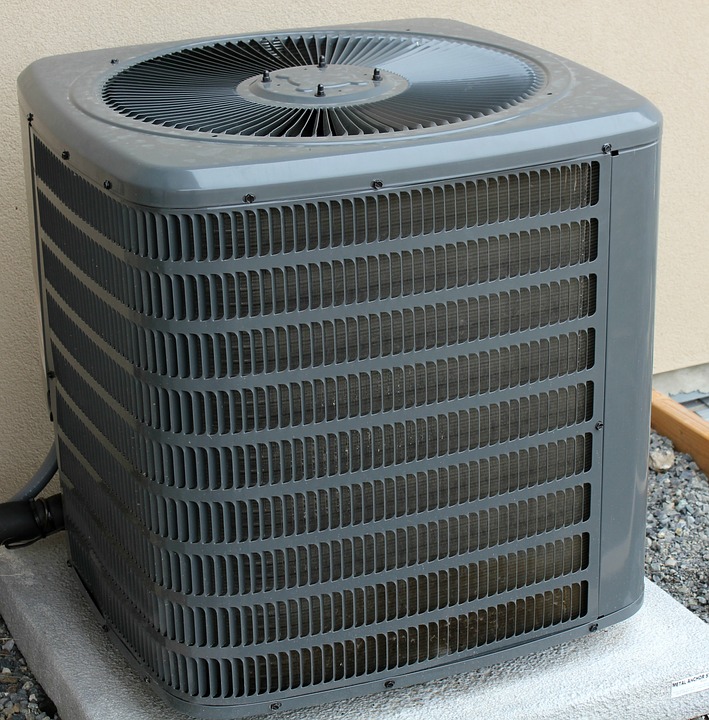 I looked back through our blog history and realized I have never written about the importance of a lovely little document called the Owner’s Project Requirements, or OPR for short. An OPR is created through collaboration with many involved parties; it synergizes everyone’s ideas into one goal-focused document. At Cx Associates we are such believers in defining the goals and criteria for project success that we often develop OPRs even for internal business improvements to help focus and guide the process.
I looked back through our blog history and realized I have never written about the importance of a lovely little document called the Owner’s Project Requirements, or OPR for short. An OPR is created through collaboration with many involved parties; it synergizes everyone’s ideas into one goal-focused document. At Cx Associates we are such believers in defining the goals and criteria for project success that we often develop OPRs even for internal business improvements to help focus and guide the process.
Why celebrate the OPR?
OPRs make a difference by connecting end users, including future occupants and management, with the project design and construction teams. OPRs facilitate project integration and guide success.
Ok, so I clearly think OPRs are great! I use them in managing my business, and I help my clients to develop them. But why should design team members care about the OPR? The number one reason is this: if you end up making a wrong assumption about what your client wants, you won’t get paid to redesign. An OPR can help you avoid this issue.
Take for example:
- Client one forbids floor mounted electrical outlets
- Client two demands floor mounted electrical outlets
You never spent the time to discuss Client 2’s desires, and now you’ve failed to include floor mounted electrical outlets in your design. There is no way you’re getting paid for that redesign. Though the OPR doesn’t usually get to that level of detail, it ideally does suss out the key no-no’s and must-haves of the building operators and maintenance staff.
Call to Action, OPR style
How many change orders have we seen to add isolation valves so that an entire system doesn’t have to be drained to service a unit? The answer should be none – which is achievable when the OPR includes owner requirements for maintenance and there is a commissioning agent verifying that the design complies with the OPR. Oftentimes when commissioning providers aren’t brought in until the construction phase, the lack of isolation valves to support system maintenance is found to be a problem. It either adds cost both for the engineer and the owner (the contractor gets a change order), or it becomes a long-term headache for the building, resulting in perennially deferred maintenance.
Engineers and architects – please advocate for an OPR. Make sure it includes input from the building operators and end users to guide and inform your design from the start. It will save you money, improve your profitability, and increase your customer’s satisfaction.
The How-To

The OPR development process should include facilitated meetings with the end users, operations and maintenance staff, and management to obtain information on:
- Functional Requirements
- Sustainability Requirements
- Operations, Maintenance, and Housekeeping Requirements
- Criteria for Success
Last winter I presented on the OPR Facilitation Process at Better Buildings by Design with Dave Keelty (Director, Facilities Planning and Development, UVMMC). We provided an outline of the OPR process, gave the attendees some guidance on facilitation, and then broke attendees into 4 groups that worked together to develop an OPR for a convention center conference space. As a result, folks were excited about the OPR input process, and we’ve been asked to run the OPR process for more projects. The OPR is a win-win-win! If you have questions about the OPR process and how you can do more to define goals for your projects, please feel free to reach out to me.


